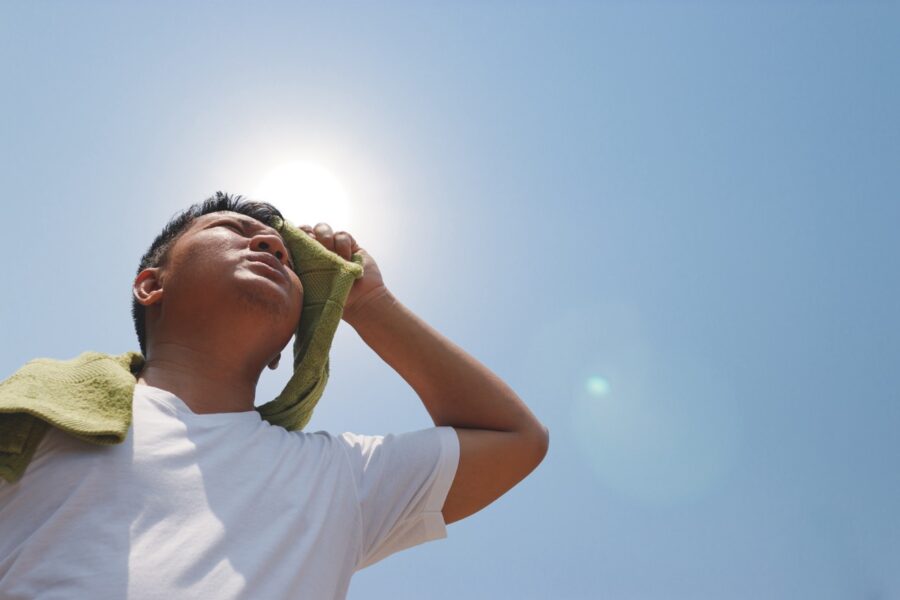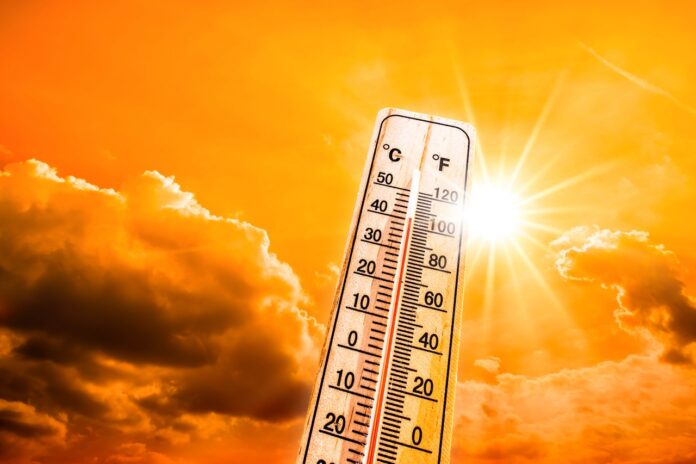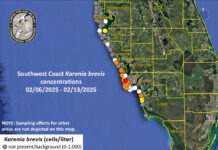Another morning in the Keys, my cell phone lights up with the weather alert “Heat Advisory.” Although it’s October, and many areas around the U.S. are starting to cool off, it still feels like it’s boiling down here.
Many of us are used to the heat, and most are not afraid to complain about it, but do we understand how dangerous it can be? This question weighs on my mind because two weeks ago, my husband came home from a day’s work in the sun, suffering from a severe case of heart exhaustion.
It is common for most households in the Keys to have several family members who work outdoors. Whether in construction, fishing, landscape or tourism, they spend most of their day battling the intense heat. As global warming continues and temperatures rise, the risk for heat-related emergencies increases. Understanding the signs and symptoms is crucial for prevention and timely intervention.
Some of the first signs you may be heading toward a heat-related emergency are dehydration and heat cramps. Dehydration occurs when your body loses more fluids than it takes in and can be recognized by symptoms such as extreme thirst, dry mouth, little or no urination, rapid heartbeat and breathing, sunken eyes, fatigue and confusion. Heat cramps are painful, involuntary muscle contractions that typically occur in the legs, arms and abdomen. They are usually caused by the body losing water and essential electrolytes due to excessive sweating. If you are experiencing dehydration or muscle cramps, drink water or an electrolyte drink to help replenish lost fluids and minerals, move to a cool area, apply cool towels and gently massage the cramping muscles.

Heat exhaustion is a more serious heat-related illness which occurs when the body becomes too hot and loses a significant amount of water and electrolytes due to prolonged exposure to high temperatures and/or intense physical activity. Heat exhaustion can be recognized by symptoms such as heavy sweating, weakness, fatigue, dizziness or lightheadedness, nausea or vomiting, throbbing headache, muscle cramps, and pale, cool or moist skin. If you are experiencing heat exhaustion, move to a cooler place, drink cool water or an electrolyte drink, and apply cool, damp cloths to your skin. If symptoms worsen, you should seek medical attention immediately.
Heat stroke is the most severe heat-related emergency and can potentially be life-threatening. Heat stroke occurs when the body’s core temperature rises to dangerous levels. Unlike heat exhaustion, heat stroke involves failure of the body’s temperature regulation system and can rapidly become a medical emergency. Heat stroke can be recognized by symptoms such as high body temperature (above 104°), confusion, hallucinations, loss of consciousness, hot or dry skin, a rapid heartbeat, rapid breathing, severe headache and nausea or vomiting. If a person is experiencing heat stroke, you should seek emergency medical help immediately. Then, cool the body rapidly, immerse the person in a cool bath or shower, or place ice packs on the armpits, neck and groin to help reduce body temperature. If the person is conscious and can drink, provide water or an electrolyte drink.
Heat-related emergencies are frightening and can come on very quickly. Here are some simple steps you can take to prevent them from happening to you:
- Stay hydrated.
- Take frequent breaks.
- Wear lightweight, loose-fitting and light-colored clothing and a wide-brimmed hat.
- Utilize fans and apply cool, damp cloths to the skin.
- Avoid excessive alcohol and caffeine.
- Consume foods that help cool the body, such as fruits with high water content.


























